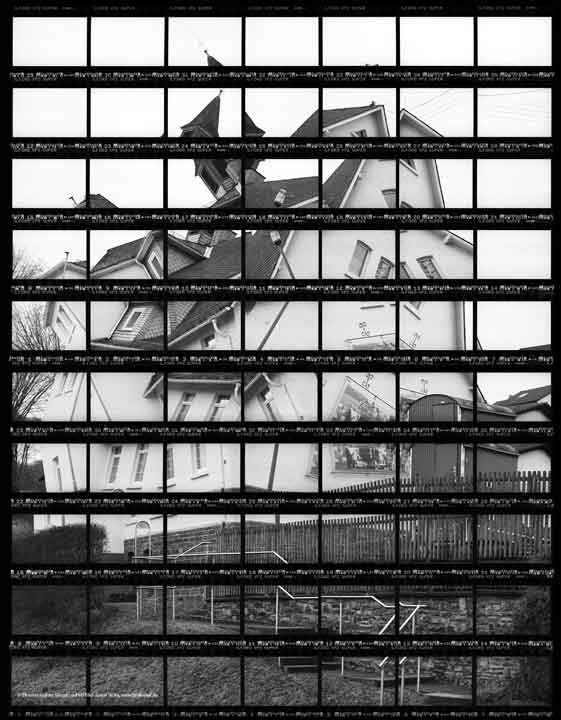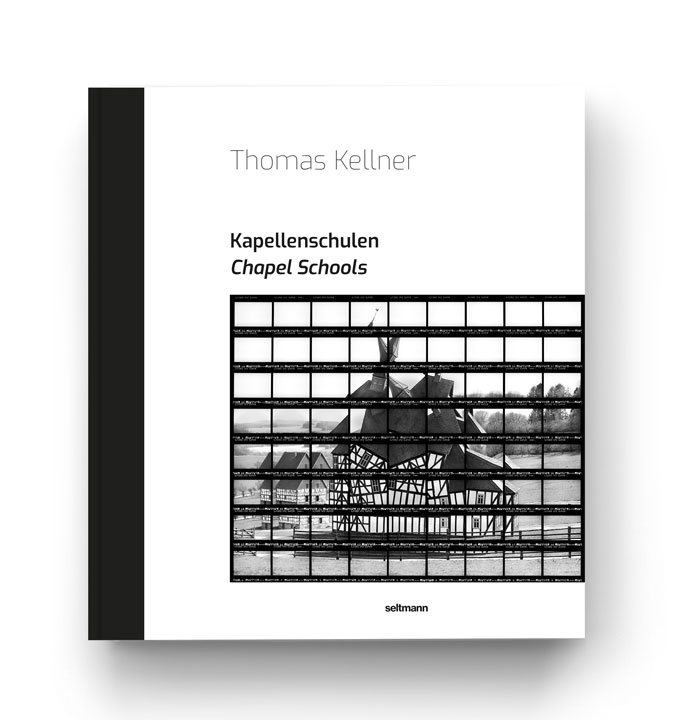Chapel school Flammersbach
In 1827, the chapel in Flammersbach, which belongs to the township of Wilnsdorf, received a two-storey extension. The upper floor was used for worship. The classroom was located down-stairs. The night watchman in the old school was given his own apartment, which usually consisted of one room. The decision to build a new school was made years later and was inaugurated in 1902. The former chapel school then was used a school until 1906.
During the war, the school was so badly damaged in a bombing raid that it was not deemed worthwhile to rebuild and a new building had to be planned again. The new village school was then inaugurated in 1949.
In 2019, the local historical society of Wilnsdorf bought the old village school and renovated it. Today, the building with a ridge turret is located on the hillside and is the village’s community center.
Flammersbach in: The Chapel Schools' Book
Chapel schools form a solitary architectural type for the Siegerland and its neighboring regions.
As stand-alone buildings and conspicuous in their surroundings, like the one in Flammersbach, they reveal the connection between religion and school education starting from the domain of Count William I of Nassau-Katzenelnbogen (1487-1559) and his son John VI of Nassau, Katzenelnbogen and Dietz (1536-1606). The hybrid used buildings existed until the end of the 19th century and in parts even until the 20th century.
Chapel Schools a solitary architectural type
The Siegen fine art photographer Thomas Kellner recognized the historical and cultural value of these buildings and set himself the task of preserving and recalling this typical regional cultural asset through a new medium. By means of photography he transfers the chapel schools into an artistic context and gives the historical topic a new dimension in the present (art).
Just as the chapel schools united in themselves two spheres of life, this publication also conveys different contemporary perspectives on the history and genesis of the chapel schools. While Kellner tries to rethink the type of building, which oscillates between profane and sacred, with his artistic realization, Chiara Manon Bohn, Isabell Eberling M. Sc. Dr. Andrea Gnam and Dr. Stefanie Siedek-Strunk provide an insight into the historical, architectural and religious classification of the chapel schools up to the pictures of Thomas Kellner in text contributions.











